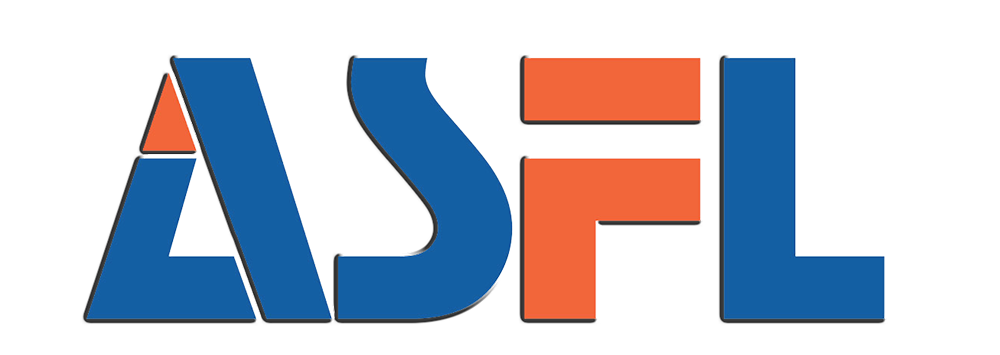Accuracy and Precision in Filling Performance
Volumetric vs. Gravimetric Filling Systems
In oil filling processes, achieving high accuracy and precision is vital, and both volumetric and gravimetric filling systems are designed to meet these needs. Volumetric filling systems measure and dispense liquids based on a predetermined volume, making them ideal for applications where the quantity is more important than the weight. They are especially suitable for products with consistent density, such as some oils and liquids. On the other hand, gravimetric filling systems rely on weight measurements to ensure precision. This approach is beneficial in scenarios where the density of the liquid may vary, ensuring that each container contains the exact weight of product required. Both systems have their benefits, but in the context of oil filling, gravimetric systems offer superior accuracy, providing a reliable solution for industries where precision is crucial.
Adjustable Settings for Diverse Oil Viscosities
The capability to adjust machine settings to accommodate various oil viscosities is paramount in maintaining optimal filling performance. Different industries, such as automotive or food manufacturing, often handle oils that vary significantly in thickness. For instance, a water bottling machine may need different settings compared to a machine used for thicker oils like motor lubricants. Advances in filling technology have allowed modern machines to adapt easily to different viscosities, thereby ensuring consistent performance irrespective of the liquid's flow characteristics. Machines with adjustable settings minimize downtime, as operators can quickly switch between products, maintaining high efficiency and productivity.
Anti-Drip Nozzle Technology
Anti-drip nozzle technology plays a critical role in enhancing filling accuracy and cleanliness across operations. This technology prevents spillage and product wastage by halting the flow of oil immediately after filling. Its incorporation in oil filling machines ensures not only that each container is filled to the correct level without risk of overfilling but also that the filling area remains clean and free of excess oil. According to research in the packaging industry, implementing anti-drip nozzles has been shown to reduce product loss significantly, highlighting their importance in maintaining efficient and cost-effective operations. This technology supports both the operational accuracy and environmental cleanliness of oil filling processes, making it an invaluable component.
Throughput Speed and Automation Capabilities
Semi-Automatic versus Fully Automated Systems
In the realm of oil filling, understanding the differences between semi-automatic and fully automated systems is crucial. Semi-automatic filling machines require some manual intervention, such as positioning containers and initiating the cycle, whereas fully automated systems manage the complete process from start to finish without human intervention. The primary advantage of fully automated systems lies in their ability to significantly enhance throughput and efficiency. With fully automated systems, businesses can achieve faster filling speeds and higher accuracy, ultimately leading to increased productivity. Statistics illustrate that automation can reduce processing times by up to 50%, which directly translates to greater oil filling efficiency and cost savings.
Bottle Filling Machine Integration with Conveyors
Integrating bottle filling machines with conveyor systems is a transformative step towards streamlined operations in the oil filling industry. This integration facilitates a seamless workflow by allowing continuous movement of bottles through the filling process, minimizing downtime. The impact of automation in this setup extends beyond operational speed; it also considerably reduces labor costs, providing an economic advantage for operators. Real-world examples demonstrate that companies implementing automated conveyor systems have enjoyed improved throughput and efficiency. For instance, businesses have reported up to a 30% increase in production rates, illustrating the tangible benefits of such integration.
Rates Compared to Water Bottling Machinery
A comparison between oil filling machines and water bottling machinery highlights notable differences in filling rates due to viscosity variations. While water bottling machines generally operate at higher speeds, oil filling machines are optimized for handling the thicker, more viscous nature of oils. Typically, oil filling machines have throughputs ranging from 20 to 120 bottles per minute, depending on the machine type and oil viscosity, whereas water bottling machines can achieve higher rates due to the fluidity of water. Efficiency is particularly critical in the oil packaging industry, where precise measurement and cost-effectiveness are paramount. Lower throughput in oil filling must be counterbalanced by machine precision and waste minimization to uphold competitiveness.
Durability and Safety Design Elements
Stainless Steel Construction for Corrosion Resistance
Stainless steel is the preferred material for oil filling machines because of its exceptional corrosion resistance. This resistance ensures that the machines maintain their integrity even in environments where they are exposed to oils and other potentially corrosive substances. The long-term benefits of using stainless steel construction are notable, including reduced maintenance costs and increased equipment longevity. Industries like petrochemicals, pharmaceuticals, and food processing specifically require corrosion-resistant materials to ensure the safety and quality of their products. By opting for stainless steel, these industries protect their investments and maintain consistent production quality.
Emergency Stop Functions and Hazard Prevention
Emergency stop functions are critical safety features in oil filling machines, designed to quickly halt operations in the case of malfunctions or human presence. These functions protect personnel and equipment alike, preventing accidents before they occur. Common hazards in the oil filling process include leaks, spills, and over-pressurization, all of which can be mitigated through thoughtful design and safety features. Industry standards, such as those set by the Occupational Safety and Health Administration (OSHA), emphasize the necessity of such safety measures, ensuring that machinery not only performs efficiently but also upholds rigorous safety requirements to protect operators and the workplace environment.
Hygiene Compliance for Edible Oil Applications
Hygiene is a significant consideration for oil filling machines used in edible oil applications. These machines must meet strict cleanliness standards to ensure food safety and prevent contamination. Compliance with regulations set by entities like the Food and Drug Administration (FDA) is crucial, as it ensures that machines are designed with hygiene in mind, featuring elements like easy-to-clean surfaces and minimal contamination risk. Failing to maintain proper hygiene can severely affect product quality and brand reputation. According to a survey by the Food Safety Magazine, improper hygiene is responsible for up to 40% of food recalls, highlighting its critical impact on consumer trust and business longevity.
Versatility Across Container Types and Oils
Interchangeable Nozzles for Bottles, Drums, and Pouches
The significance of interchangeable nozzles in filling machines cannot be overstated. These nozzles enable the machines to adeptly adjust to various container types, ranging from bottles and drums to pouches. This adaptability is crucial for operational efficiency, as it minimizes downtime associated with transitioning between different container types. Industries like food and beverage, pharmaceuticals, and cosmetics rely heavily on this versatility to maintain a streamlined production process. By using interchangeable nozzles, companies can optimize their oil filling efficiency, ensuring that their machinery aligns with the diverse needs of their products and markets.
Adaptability from Light Viscosities to Heavy Lubricants
Filling machines must be adept at handling a wide spectrum of oil viscosities, from light to heavy lubricants. This necessity springs from the increasing variety of oils in the market today, encompassing everything from cooking oil to industrial lubricants. Advanced engineering innovations, such as precise pump mechanisms and adaptable filling technologies, empower machines to manage these diverse products effectively. According to industry reports, the demand for versatile oil-filling solutions is projected to grow significantly, driven by the trends of product diversification and the need for operational flexibility in manufacturing.
Quick-Change Tooling Principles
Quick-change tooling principles are pivotal in maximizing machine uptime during filling operations. These principles focus on swiftly switching machine components to facilitate transitions between different filling processes, which significantly enhances operational efficiency. Machines equipped with quick-change tooling are particularly beneficial in sectors requiring frequent product line changes, such as cosmetics and food industries. A practical example is a food manufacturer that efficiently implemented quick-change tooling, resulting in reduced downtime and improved productivity. This approach ensures that the production line remains agile, responsive, and able to meet varying market demands promptly.





